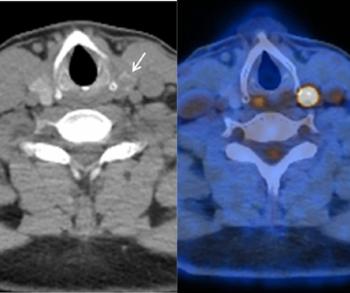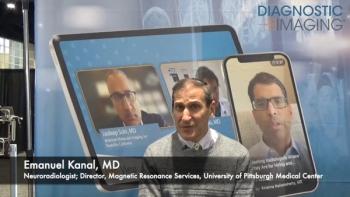
Could an Emerging Deep Learning Modality Enhance CCTA Assessment of Coronary Artery Disease?
Employing deep learning capabilities, the DeepVessel FFR reportedly provides enhanced non-invasive evaluation of coronary arteries through semi-automated analysis of coronary computed tomography angiography (CCTA) imaging.
Keya Medical has launched the DeepVessel FFR, a software device that utilizes deep learning to facilitate fractional flow reserve (FFR) assessment based on coronary computed tomography angiography (CCTA).
Cleared by the Food and Drug Administration (FDA), the
The company said the DeepVessel FFR has demonstrated higher accuracy than other non-invasive tests and suggested the software could help reduce invasive procedures for coronary angiography and stent implantation in the diagnostic workup and subsequent treatment of coronary artery disease.
Joseph Schoepf, M.D., FACR, FAHA, FNASCI, the principal investigator of a recent multicenter trial to evaluate DeepVessel FFR, says the introduction of the modality in the United States dovetails nicely with recent guidelines for the diagnosis of chest pain.
“I am excited to see the implementation of DeepVessel FFR. It comes together with the 2021 ACC/AHA Chest Pain Guidelines’ recognition of the elevated diagnostic role of CCTA and FFR CT for the non-invasive evaluation of patients with stable or acute chest pain,” noted Dr. Schoepf, a professor of Radiology, Medicine, and Pediatrics at the Medical University South Carolina.
(Editor’s note: For related content, see “
Newsletter
Stay at the forefront of radiology with the Diagnostic Imaging newsletter, delivering the latest news, clinical insights, and imaging advancements for today’s radiologists.



























